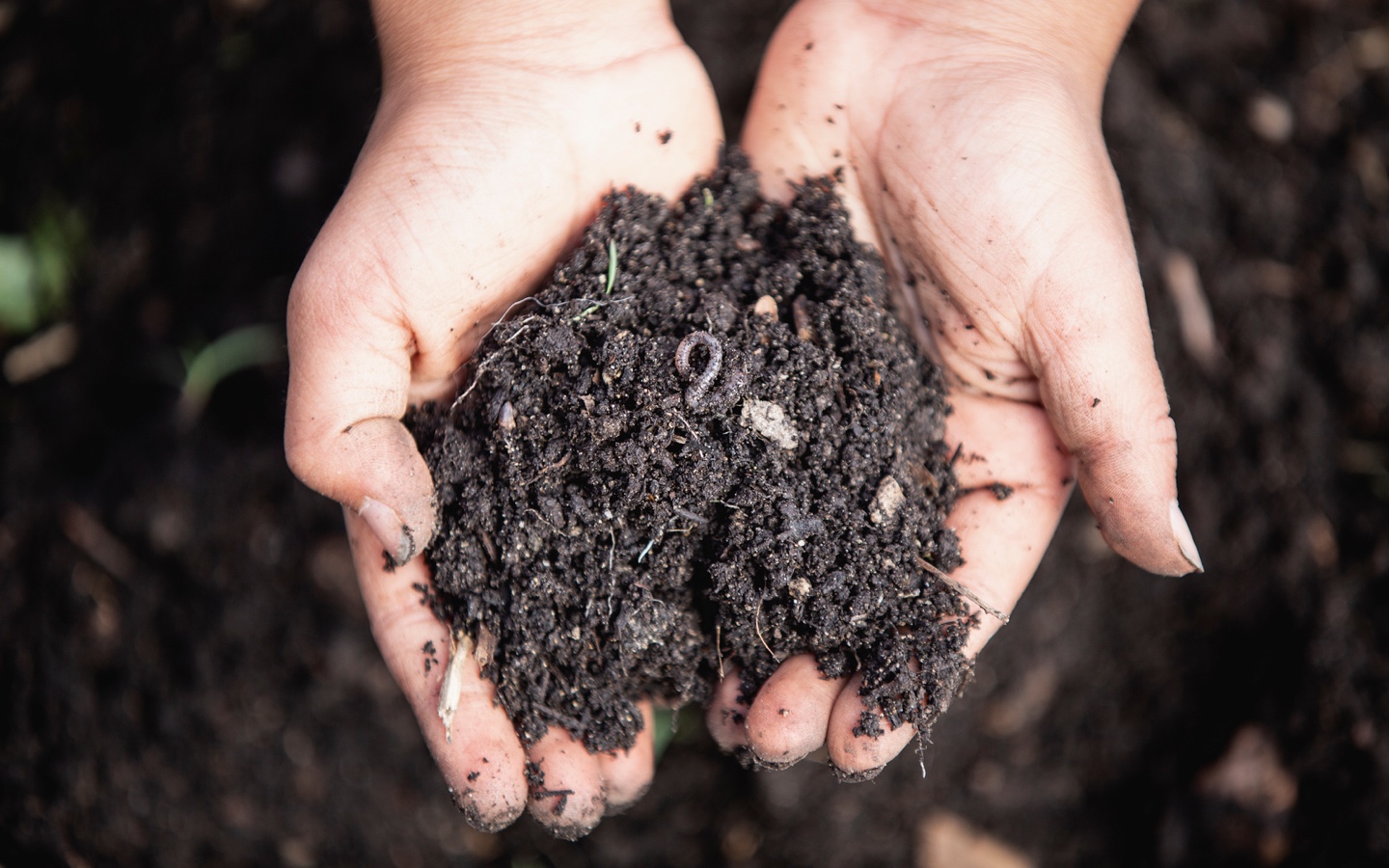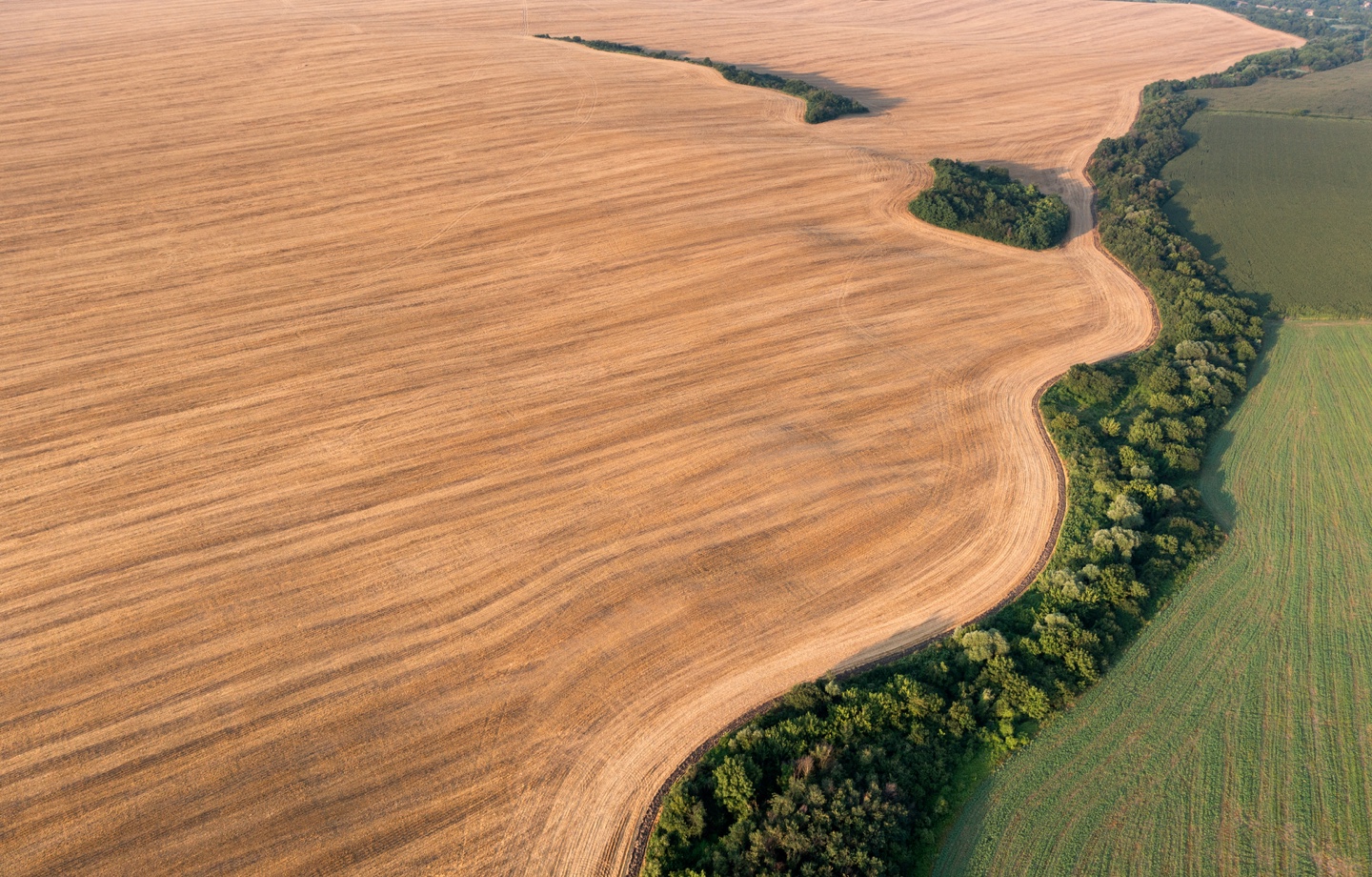Switching to regenerative agriculture practices can be difficult, particularly in an industry that favors industrial operations. But the benefits extend far beyond nutrient-rich soil.
This article is the third and last edition of our ‘Soil Series’, where we explore complex issues related to agriculture, our environment, and the future of our planet. Read our first two articles in the series: Why Glyphosate Herbicides Are So Harmful and How the Farm Bill Hurts Small Farms
“The beauty of my job is that I can give $100,000 advice for free,” says Juan Alvez, an extension research associate at the University of Vermont’s Center for Sustainable Agriculture. He’s not kidding, either. Alvez studies regenerative agriculture, a set of principles that primarily focus on soil health. The practice has become increasingly well known for its ability to effectively produce healthier food all year. Not to mention, it’s a holistic approach to farming and livestock management that may be a key part of increasing environmental health and food security — as well as managing and adapting to climate change. And advocates of regenerative agriculture like Alvez are hoping to see even more farmers, consumers, and policymakers catch on.
Today, regenerative agriculture is generally summarized by five principles: minimum soil disturbance, constant crop cover of soil, keeping living roots in the soil, supporting biodiversity above and below ground, and keeping grazing animals in rotation. These regenerative practices work together in a cycle that can make land more productive, biodiverse, and less prone to problems like pests.
At the core of this practice is the idea that soil is a living thing that must maintain an important balance of carbon dioxide, water, and organic compounds. Turning the soil too often or too deeply can release its stored carbon dioxide, which helps bind nutrients in the soil and allows water to move through freely. As Alvez puts it, “by turning soil too often, we are eroding our soil bank accounts.”
Read more: How Food Forests Help Solve Food Insecurity
“Pre-industrial farmers didn’t have all these silver bullets that were generated by the era of cheap oil, where you have products like powerful fertilizers that can superpower your problems and give high yields but are empty in terms of nutritional density.”
Juan Alvez
Crops make use of the nutrients that soil provides. But after crops are harvested, the soil needs a rest between plantings in order to regenerate nutrients; compost and responsibly managed grazing animals allow for productive sabbaticals that actively regenerate important elements in the soil. Constant crop cover means living roots stay under the ground, harboring millions of microorganisms that live off sugars from plants’ roots. Microorganisms and other plant or animal matter that break down in soil are known as soil organic matter, and it’s key to maintaining healthy soil. As microorganisms naturally die and decompose with other organic material, they return nutrients to plants — it’s the circle of life, or in this case, the soil food web. A healthy soil food web can increase water retention, nutrient availability, and biodiversity. Plants that grow in healthier soil tend to require less added fertilizer, and are more pest-resistant — pests can’t digest enzymes from saps that grow in those plants.
Alvez points out that in many ways, this allows for a return to pre-industrial agriculture methods while still using modern tools and relying on less fertilizer and pesticides that create a vicious cycle of fewer nutrients and more pests. “Pre-industrial farmers didn’t have all these silver bullets that were generated by the era of cheap oil, where you have products like powerful fertilizers that can superpower your problems and give high yields but are empty in terms of nutritional density,” he says. “So we had to come back to something like that, using the modern tools we have and really recovering our climate, our waters, our soils.”
While the popularity of regenerative agriculture has grown quickly in recent years alongside concerns over climate change and the harms of industrial agriculture, it’s not a new concept. Alvez grew up partly on a family, pasture-based farm in Uruguay, and got his start studying sustainable agriculture at Universidade Federal de Santa Catarina in Brazil in the ’90s. This was ahead of the curve compared to the concept’s halting adoption in the United States. And Alvez, whose work focuses partly on pasture management, cites the early 20th-century farmer and author André Voisin as foundational in his career. Today, many proponents of regenerative agriculture are mainly focused on spreading the word, researching best practices, and making it a viable solution for modern farmers.

Read more: This Permaculture Garden is Healing a Town
And it should be a viable solution. Regenerative practices can make land more productive, cost-effective, and beautiful — and they yield more nutrient-dense crops and healthier livestock.
“We create a vicious cycle that we cannot leave because if we want to produce something for the next year and the next year, we have to use those silver bullets,” Alvez says of overuse of pesticides and fertilizer. “There’s no escape unless you just go cold turkey. The craziest thing is that we support those crazy practices.” He’s referring to the Farm Bill that sets spending and policy for the nation’s agriculture industry (and beyond). Renewed every five years, the bill predominantly subsidizes larger, industrial farms and leaves behind smaller, more sustainably run operations. For farms that want to implement regenerative practices, it can be hard to make the switch under a system that rewards large-scale industrial practices. “I’m a big advocate of leveling the playing field,” says Alvez.
Still, the ranks of farmers and consumers supporting regenerative agriculture are growing, and for good reason. Land managed under regenerative principles has bigger-picture benefits that reach beyond those you might see on any given farm. Healthy soil can contribute to healthier water supplies, in part because it reduces soil erosion that introduces pollution to groundwater. It may be a solution for climate change mitigation, since healthy soil with less turnover sequesters more carbon. And it increases biodiversity, from the microorganisms and insects that live in the soil to the birds and other animals that are often found to return to a healthy, nutrient-dense plot of land.

Read more: How Agrotourism is Saving Small Farms
At UVM, Alvez splits his time between the field and the lab, collecting and analyzing data about best regenerative practices. He works with farmers in both Vermont and southern Brazil to institute regenerative programs. And UVM is currently working on ways to pay for ecosystem services — practices that benefit the environment, to our benefit.
“We’ve spent a lot of resources and trips and coffees at kitchen tables with farmers, legislators, and agencies,” Alvez recalls of his more than a decade spent advocating for regenerative agriculture. Now, he says, people are seeking him out, and the goal is simple: “We need to disseminate what we know.”
Have feedback on our story? Email us at [email protected] to tell us what you think.

Shop Pillows
The Essential Organic Pillow Collection
Gentle, breathable, non-toxic support.




